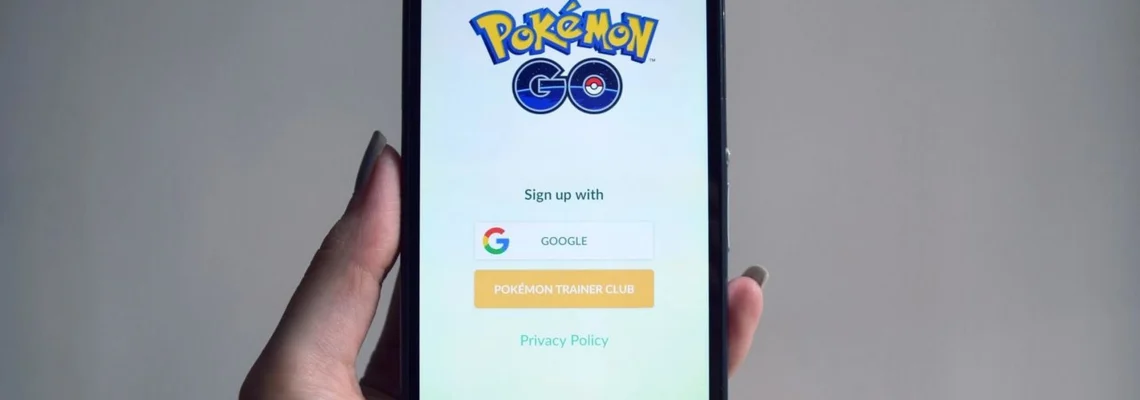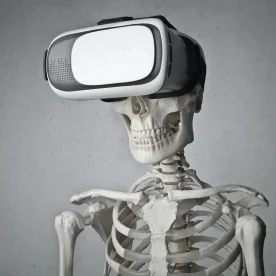As part 1 of our blog looked at the common uses of CGI in digital marketing and part 2 looked at VR we now turn our attention to augmented reality to showcase how you can take your product straight into your customer’s home.

Augmented reality has had multiple surges in popularity over the last decade. In 2008 BMW were pioneers of the technology using printed media to generate an interactive virtual model as part of their MINI advertising campaign.
Nintendo & Niantic’s Pokémon Go was an essential player in raising awareness to the public domain in 2016 with over 800 million downloads netting almost $2 billion in revenue to date while the total revenue for AR gaming reached almost $6.4 billion in 2021.
Augmented or Virtual?
While virtual reality takes the user completely out of the real-world augmented reality merely enhances reality with digital content. By using a depth sensing camera and tools such as motion sensors and accelerometers, machine learning algorithms are used by the computer to combine information to interpret computer generated objects in relation to real world objects. Unlike virtual reality that requires external dedicated hardware, augmented reality can be easily handled by most modern smart phones making it a powerful ready-to-market advertising tool.
How does this translate to digital marketing?
The main sectors benefiting from AR currently are the automotive industry, health-care and engineering but that’s not to say it doesn’t have its place in traditional retail marketing. While healthcare is making use for virtual surgery training, theoretical displays and diagnostic predictions, AR’s use in marketing consumer products is another step in increasing customer confidence to purchase. By using true to life scale models, consumers are able to visualise how products will look in their own home, even going so far as checking items like sofas and chairs can fit through doors into their house. This ‘Try Before You Buy’ element could lead to 40% higher conversion rates and as noted by Home Depot has led to decreased product return – again thanks to increased consumer confidence.
With figures in 2020 showing 83.1 million consumers used AR every month and only 1% of retailers having adopted AR – speak to us about how we can take your digital marketing ahead of your competitors – Email: paul@thecgipeople.co.uk






